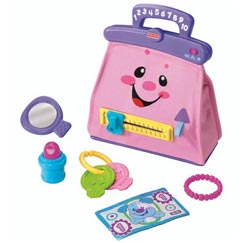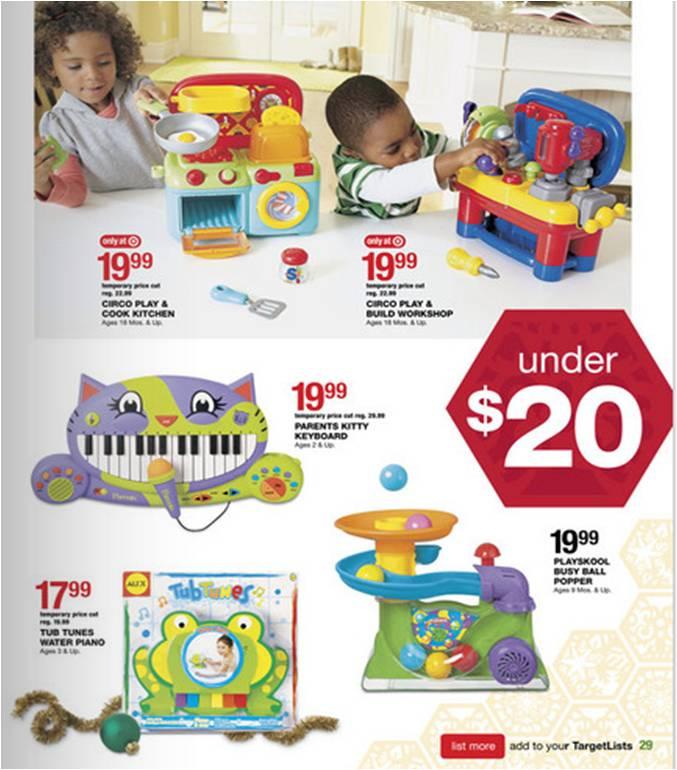Today we think of prunes as something old people eat. But, as this ad from 1958 reveals, the California Prune Advisory Board hoped to make prunes a favorite with moms and kids.
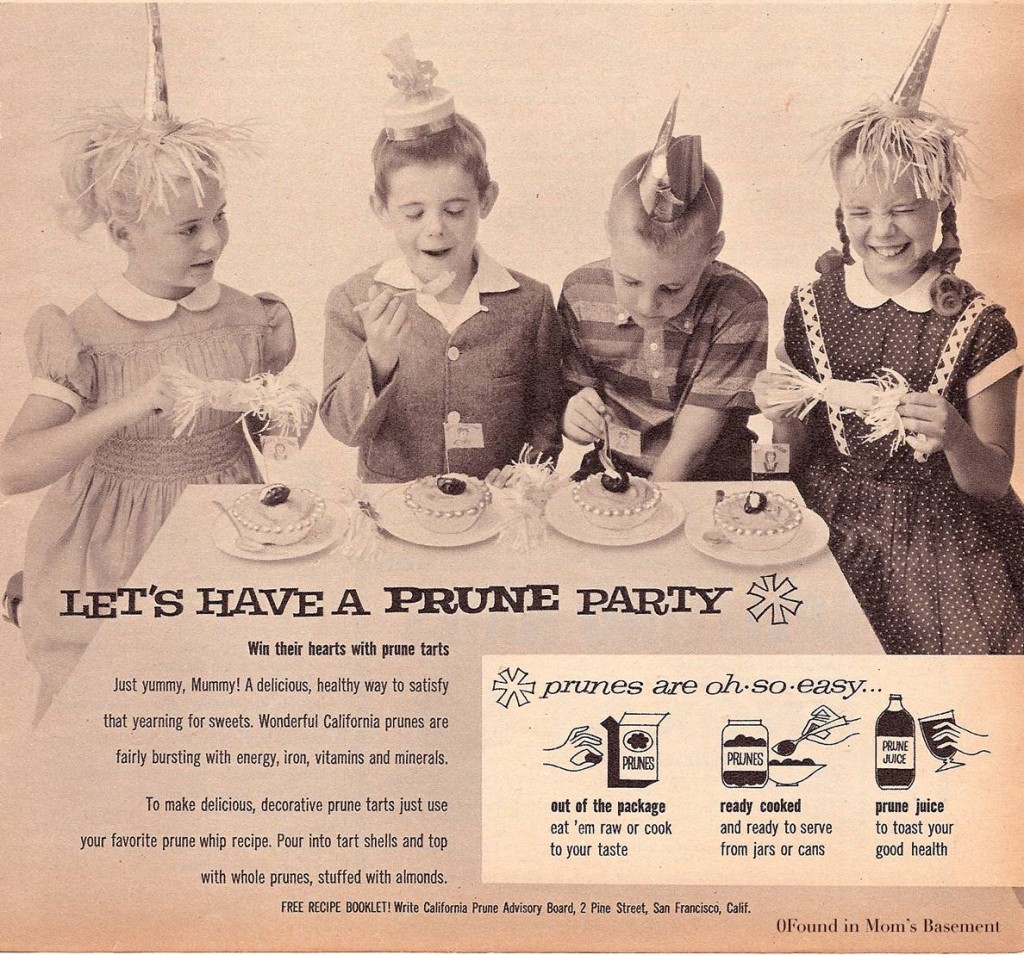
Text:
Win their hearts with prune tarts
Just yummy, Mummy! A delicious, healthy way to satisfy that yearning for sweets. Wonderful California prunes are fairly bursting with energy, iron, vitamins and minerals.
To make delicious, decorative prune tarts just use your favorite prune whip recipe. Pour into tart shells and top with whole prunes, stuffed with almonds.
—————————
Lisa Wade is a professor of sociology at Occidental College. You can follow her on Twitter and Facebook.

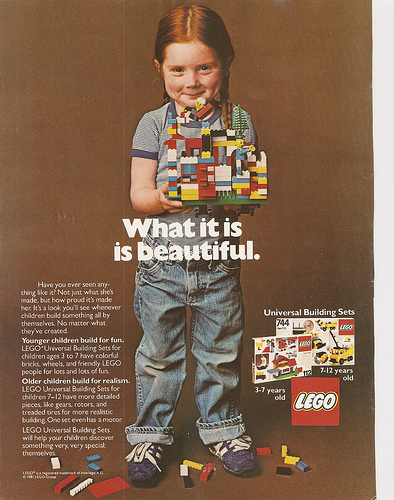




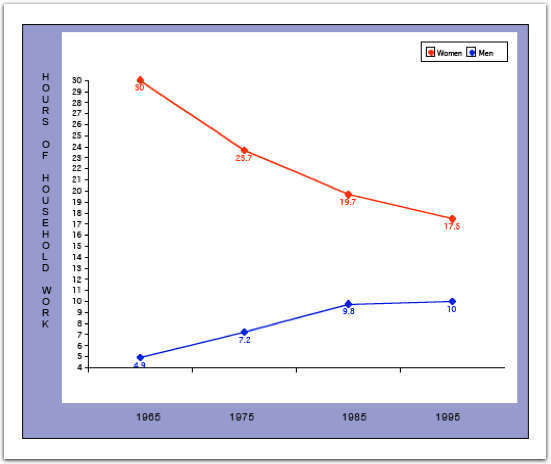

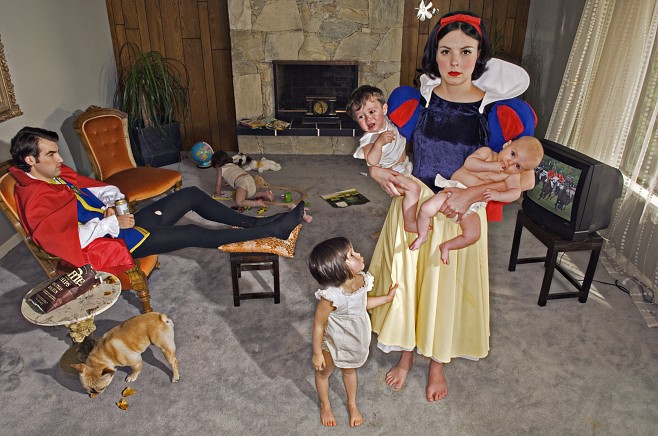


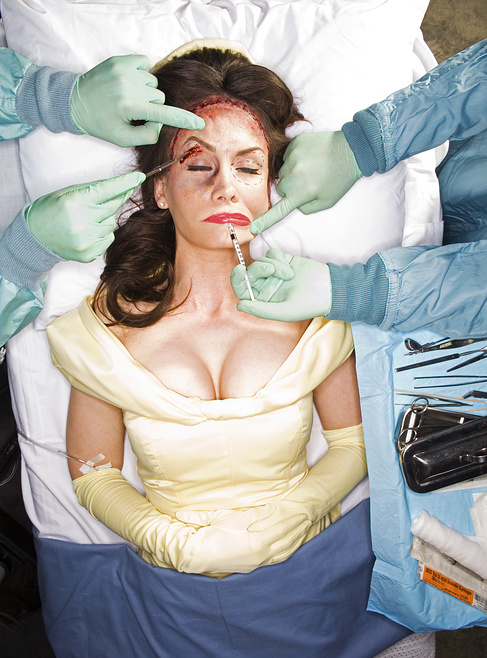
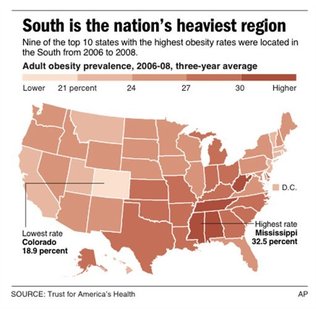 More details, nifty flash graphics, and state specific information can be found
More details, nifty flash graphics, and state specific information can be found 